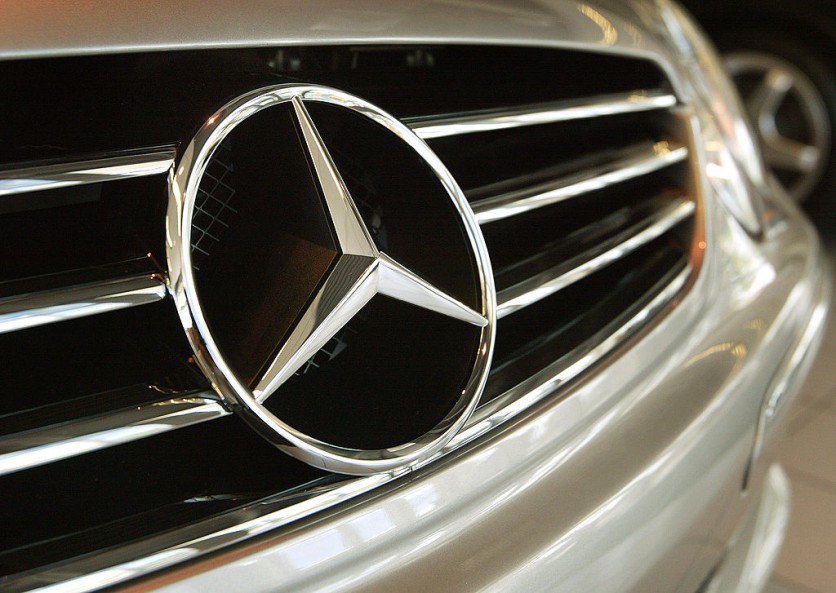
Mercedes-Benz has stated that beginning in the second half of 2023, it would start manufacturing an all-electric version of its renowned Sprinter van in North America and Europe.
In a report by The Verge, the WLTP standard used in Europe indicates that the Mercedes eSprinter can go up to 248.5 miles (400 km) on highways and 311 miles (500 km) in the city thanks to the enormous 113kWh battery that will be housed beneath the floor between the axel. The vehicle has not yet been given a recommended retail price.
Mercedes' Charleston, South Carolina facility will begin producing the van later this year, potentially qualifying the eSprinter for the $7,500 EV tax credit. The van will be manufactured in the company's Ludwigsfelde and Düsseldorf plants in Germany.
Notably, the company has committed to selling electric automobiles beyond 2030.
The Market Competition
In recent years, automakers have mostly ignored the broad consumer electric van market in favor of the crossover, truck, and SUV markets. However, that should change with the debut of the Mercedes eSprinter, which will join other electric vans like the Volkswagen ID Buzz and the Ram ProMaster.
The Mercedes eSprinter seems suited for delivery work, much as the Ford E-Transit and BrightDrop Zevo. Nevertheless, the eSprinter can be converted for personal usage as well, making it ideal for people who want to follow the "van life" trend set.
The eSprinter is "the most versatile Mercedes-Benz eVan ever," according to Mathias Geisen, president of Mercedes-Benz Vans.
Mercedes's intention to appeal to markets outside the commercial delivery sector is further shown by the presence of the unit's bigger battery.
The eSprinter's 488 cubic feet (13.8 cubic meters) of cargo capacity makes it a better option than the ID Buzz, which only has 138 cubic feet (3.9 cubic meters), for individuals who want to use the van for package delivery.
The eSprinter may have an advantage over rivals because of its superior range.
BrightDrop's Zevo just established a record for the longest journey by an electric delivery truck, 258 miles, whereas Ford's E-Transit only achieves 126 miles. The eSprinter will remain competitive if the EPA rates it under 311 miles.
Van Specifications
The van's software may link to a cloud-based "digital ecosystem" for over-the-air upgrades, according to Mercedes. Mercedes' first rear-axle electric van, the eSprinter, will use the automaker's eATS powertrain. The motor has 100kW or 150kW peak output and 400-newton meters (or 295 pound-feet) of torque.
The eSprinter will charge AC and DC with a 9.3kW inbuilt charger. Using 115kW, it can charge from 10 to 80% in 42 minutes at a DC fast charging station.
The voice-activated MBUX technology, formerly only available in Mercedes passenger cars, will be standard in the infotainment system. The newest software incorporates dynamic route planning that accounts for charging stops, traffic, and geography.
See Also : Mercedes-Benz Plans to Install its EV Fast Chargers in the US - In Partnership with ChargePoint?





